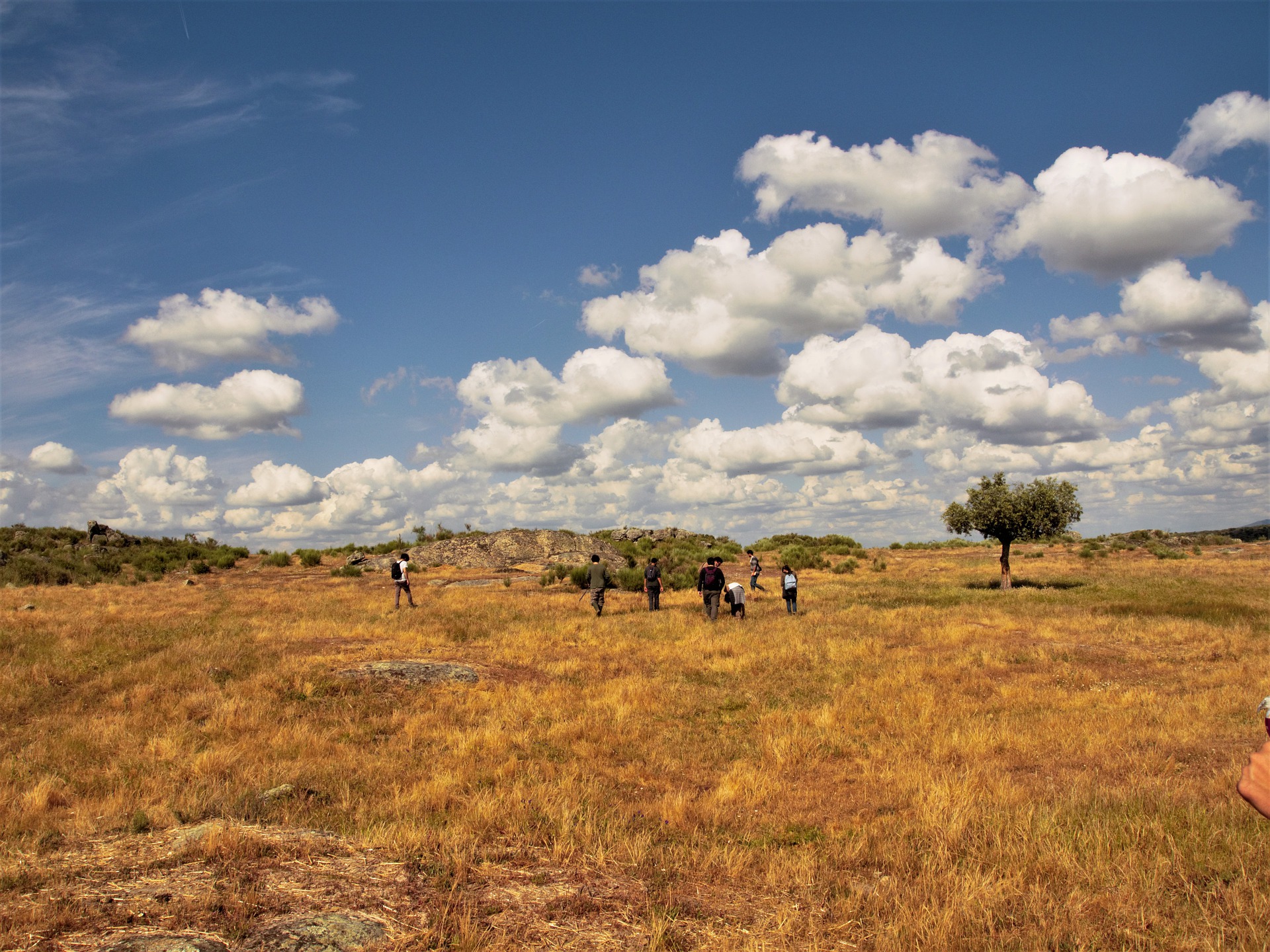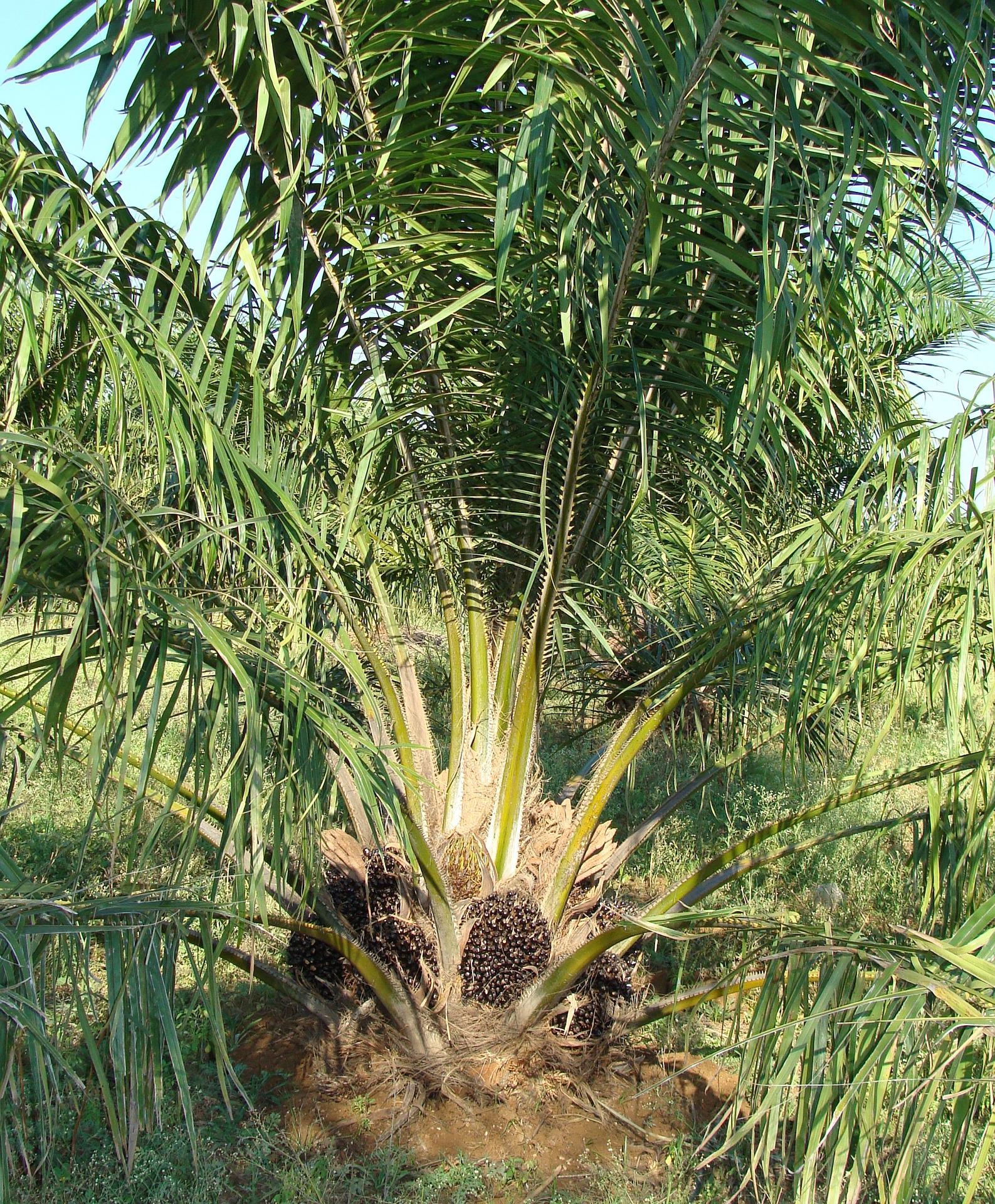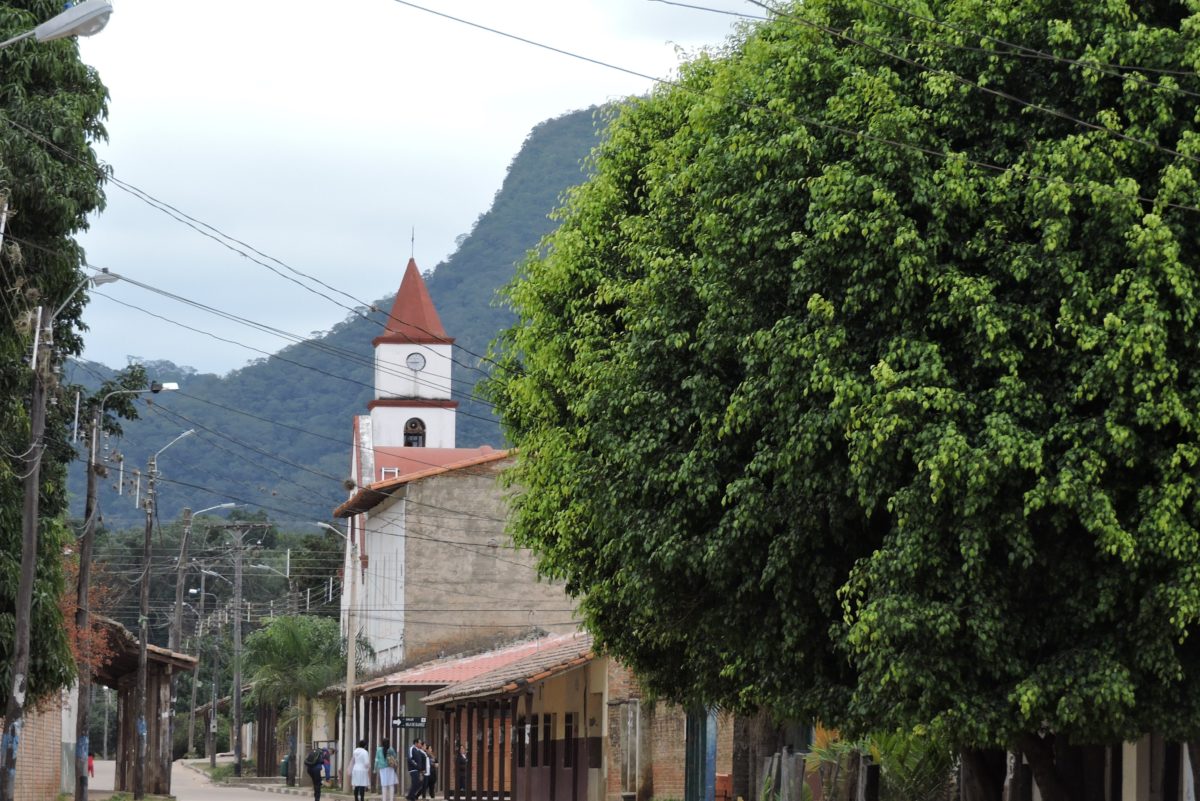



INTRODUCTION
UK based
“Guarani Sustainable Energy PLC” (GSE)
GSE will rehabilitate approximately 50,000 Ha of degraded pasture that was deforested over different periods
Contemplates the following options in regard to primary and secondary crops with bee keeping as a third cash flow option.
This has prompted the community to explore alternative source of income
Improving schools, creating job opportunities, building modern health services and facilities
Striving to develop parts of that territory in order to generate viable commercial enterprises
Guarani Sustainable Energy PLC
Location
GSE will rehabilitate approximately 50,000 Ha of degraded pasture that was deforested over different periods during the last century with a combination of perennial Pongamia trees and native Totai palm, both of which will produce vegetable oil and protein meal along with high quality cattle grazing using traditional silvopastoral methods under the cover of rehabilitated forest, the products destined for both local and export markets.


Guarani Sustainable Energy PLC
Agroforestry
The present business model contemplates the following combinations as the primary and secondary crops along with bee keeping as a third cash flow option.
- Totai and Pongamia as the main crops with Piñon, Jatropha and Macororo as secondary alley crops.
- Totai and Pongamia as the main crops with grass-fed cattle grazing as a secondary option.
From a cash flow perspective both Totai and Pongamia are productive from year five while Macororo, Jatropha and Piñon are productive from year two, cattle grazing will be introduced as a secondary business from year three.
Company
Financing and listing GSE on the Stock Exchange
GSE has taken the necessary early steps to expand into the fast-growing sustainable liquid fuels market that will be in short supply for the new economy’s anticipated demand.
GSE thinks globally, while acting locally.
As the world recovers from C-19, we prepare to list GSE plc, on the Alternative Investment Market (AiM) of the London Stock Exchange, so as to facilitate more international institutional investors, and fund early expansion.
Part of this exercise is welcoming “Green” and “woke” investors by highlighting our ethical standards, as well as the essential role played by sustainable liquid fuels to the new economy.
Many wrongly believe that agriculture is dirty and backward – though, like most prejudices, this view is superficial and decades out-of-date.
Our team has the skills and experience necessary to deliver on their high ideals.


- Charagua Iyambae
“Charagua Iyambae” in representation of the local Guarani Indigenous Community in their capacity as land owners have provided a 30 year lease on the 50,000 Ha of degraded pasture in exchange for an initial 80% of the issued capital.
- 162 Group
“162 Group” in representation of a private initiative are supplying management and operational resources, access to financial capital and their extensive market know-how in exchange for an initial 20% of the issued capital.
Both partners are committed to diluting their individual holdings over an initial five year period in order to raise the investment capital to the extent necessary to fully guarantee the success of this business venture.
The Community
Stretching across Argentina, Paraguay, Bolivia and a bit of Brazil, the Gran Chaco Americano constitutes the largest forest mass in South America, after the Amazon. It consists mostly of semi-arid lowlands forests and wetlands encompassing a total of around 100 million hectares. The ecoregion holds huge reserves of water, energy and cultivable land, and a great diversity of indigenous peoples, it is very important in terms of both biodiversity and livelihoods but is also under increasing threat by climate change and an expanding agricultural frontier to the extent that only a few large continuous forest areas remain in this ecological zone.
In 2017 the Guarani population of “Charagua Iyambae” became Bolivia’s first autonomous indigenous and aboriginal farming community (AIOC), through the citizens’ vote and after years of fighting to regain self-governance and the territory. The new body responds to the 2007 UN Declaration on the Rights of Indigenous Peoples and to the Political Constitution of the Multi-national State of Bolivia (2009).
This indigenous community with a population of approximately 40,000 has land rights covering more than seven million hectares of “Chaco Boliviano” including the “Ñembi Guasu” area, which together with the National Parks “Kaa Iya” in Bolivia and “Defensores del Chaco” in Paraguay are part of a continuous conservation area of almost 6 million hectares in the Gran Chaco regions of both Bolivia and Paraguay.
Approximately 70% of the “Charagua Iyambae” territory, an area of over five million hectares made up of mostly primary forest and marshland comprise three important conservation areas within Bolivia while the remaining 30% is classified as of mixed use or cultivable land and is available to the local communities as a means of generating sustainable income.
Our
Objectives
Economic
Self-Sufficiency
The “Charagua Iyambae” finances it´s day to day expenses with funds received from central government, these funds are based on a population criteria which doesn’t necessarily take into account the responsibility for maintaining important conservation areas, this has prompted the community to explore alternative source of income such as the present initiative which although primarily a commercial venture is also environmentally friendly, carbon positive and conservationist at the same time.

Improvement and
Well-being
Improving schools, creating job opportunities, building modern health services and facilities, are all areas where the local community are striving to project a better future and improve the way of life and well-being of its members, both indigenous and otherwise.

Preserving the integrity of their territory
The “Charagua Iyambae” community conscious of the need to preserve the integrity of their indigenous territories is also striving to develop parts of that territory in order to generate viable commercial enterprises, offer real stability to their local communities and generate the opportunities and conditions necessary to maintain their presence in this vast area, to that end they want to do this in a manner that respects that same environment and also their present way of life.

